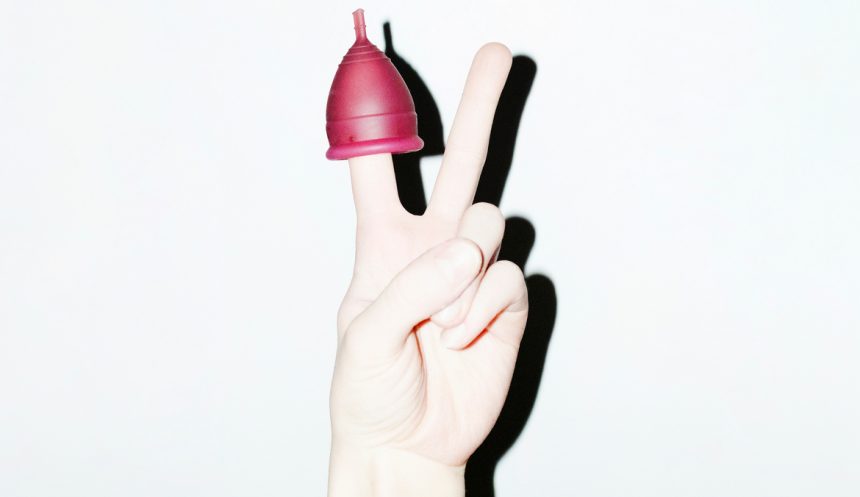You may have noticed that you got your period earlier this month, and now it seems like you’re getting it again. Is this normal? Often, what seems like a second period is actually just spotting—light bleeding that doesn’t require a pad or tampon. However, there are cases where a person may experience bleeding more than once a month, according to Dr. Kelly Culwell, a board-certified OB/GYN in San Diego, California. There are several reasons why this may happen, some of which are not a cause for concern, while others may require attention.
Here’s a breakdown of the most common reasons for two periods in one month, along with steps you can take to regulate your menstrual cycles:
1. Your Cycle: A typical menstrual cycle is 28 days, although each person may vary and the length of your cycle can change over time. Cycles between 24 and 38 days are considered normal, and it’s possible to have a period at the beginning of the month and another by the end, especially in longer months.
2. Hormonal Birth Control: Taking hormonal birth control like the pill or hormonal IUD can sometimes cause spotting or breakthrough bleeding, especially if your regimen is disrupted. Breakthrough bleeding should improve within a few cycles, but if it persists, consult your doctor.
3. Ovulation: Ovulation, when an egg is released from the ovary, may cause some spotting or mild bleeding in some cases. This is not a period but may be mistaken for one due to similar symptoms.
4. Infection: Spotting can be a sign of infection, especially if accompanied by other symptoms like pain, itching, or burning. Infections like cervicitis, bacterial vaginosis, trichomoniasis, or yeast infections can lead to spotting.
5. Fibroids or Polyps: Uterine growths like fibroids or polyps can cause spotting or bleeding, along with other symptoms like pain, fullness in the lower abdomen, frequent urination, and painful sex.
6. Pregnancy: Implantation bleeding, a sign of early pregnancy, can cause spotting within the same month as a period. Other early pregnancy symptoms may also be present.
7. Puberty: Irregular periods and spotting are common during the first year or two of menstruation, particularly due to hormonal changes and adjustments in the body.
8. Perimenopause: Spotting and irregular periods are common signs of perimenopause, which may start in your 40s. Hormonal therapy can help manage symptoms.
9. Hormonal Imbalances: Conditions like polycystic ovary syndrome (PCOS) can cause irregular cycles and spotting. Treatment may involve weight loss and hormonal medications.
10. Stress: Severe stress can sometimes lead to more frequent periods, although it’s more likely to cause missed periods. Managing stress and seeking support can help alleviate the issue.
11. Thyroid Issues: Thyroid conditions can impact menstrual cycles by causing periods to be more or less frequent. Symptoms may include changes in weight, energy levels, and sleep patterns.
Factors that may increase your risk of spotting or irregular periods include being in your 40s, taking hormonal birth control, having a hormonal imbalance, or being under extreme stress.
Complications of having two periods in one month include increased blood loss and the risk of anemia. Additionally, irregularities in your cycle can make it harder to determine ovulation, impacting fertility.
To regulate your cycle, hormonal birth control is often recommended. Other medications or treatments may be necessary depending on the underlying cause. Lifestyle changes, such as reducing stress, may also help regulate your menstrual cycles.






